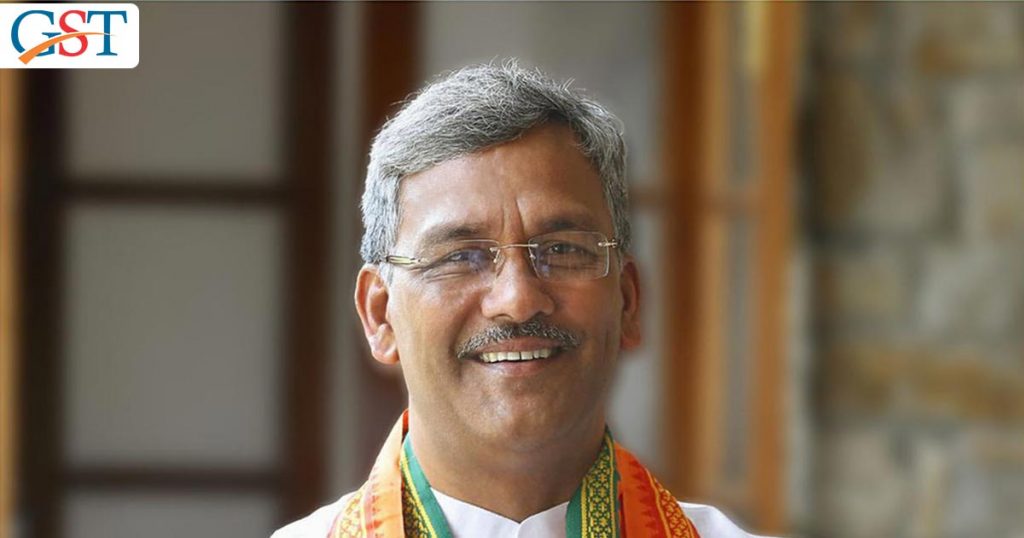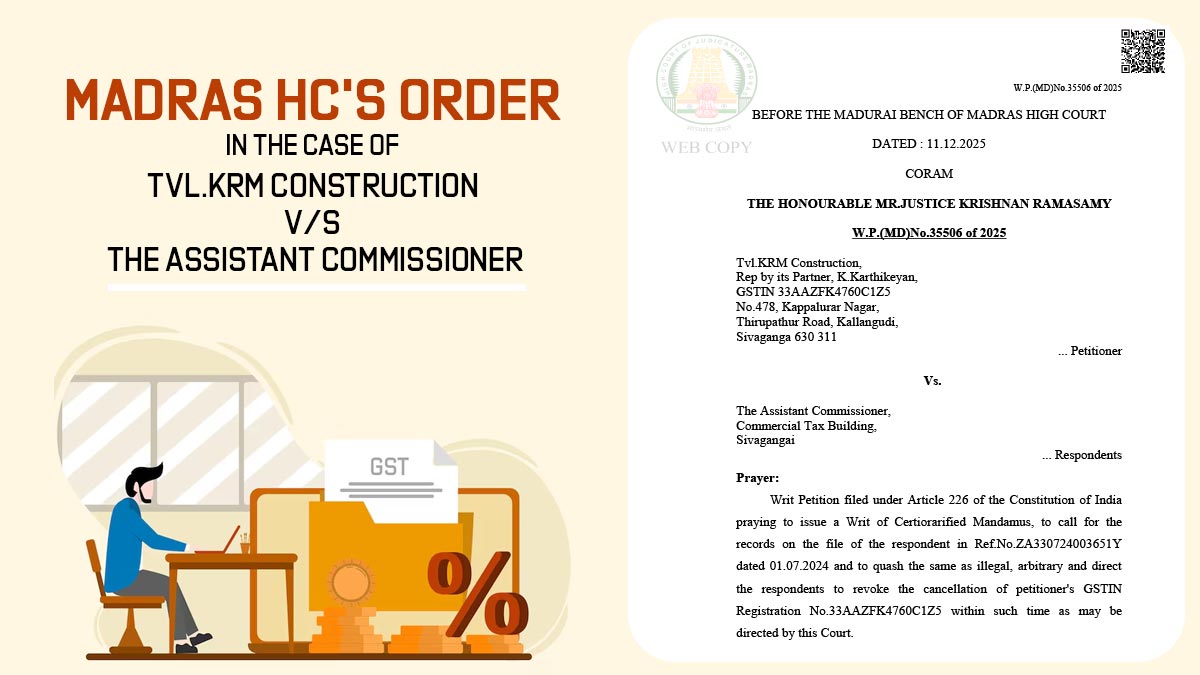
Questioning the functionality of GST Governance, on-chair Uttarakhand chief minister Trivendra Singh Rawat said that the prevailing model of indirect tax reform has directed the state to the path of financial losses. The CM demanded from the centre to compensate for the state’s loss.
Proclaiming the fact that Uttarakhand is a manufacturing state and not a consumption unit, Rawat said, GST is bothering Uttarakhand more than any other Himalayan state.
Though the centre is ready to pay the compensation of Rs. 60,000 Crore per annum to the states which are suffering from the financial losses till the next 5 years or 2022. After that, the state has to serve on their own. According to the Uttarakhand CM, the compensation duration for Uttarakhand should be stretched till 2024.
The state is now toiling to develop the services sector in order to survive the financial losses it is witnessing because of the GST imposed on manufacturing. Service Sector is a backup that can help to remunerate the financial losses to the state’s economy. “The state is now focusing to develop its services sector as well as its tourism. Polishing all the tourist attractions to generate revenue from tourists who have much to spend”, says the CM.
Read Also: GST Impact on Hotel and Tourism Industry
The CM conveys that the committee led by Prof. Madhu Verma has sealed the estimate of Rs. 95,000 crore per annum spent by the state for the protection and enhancement of its greenery which is currently holding 71%.
Green Bonus is a monetary co-operation the Himalayan States are asking from the Central Government for the exercising the preservation of the country’s green lands or forest covers.









